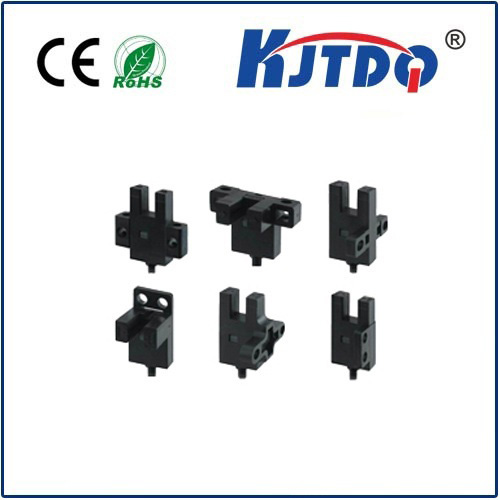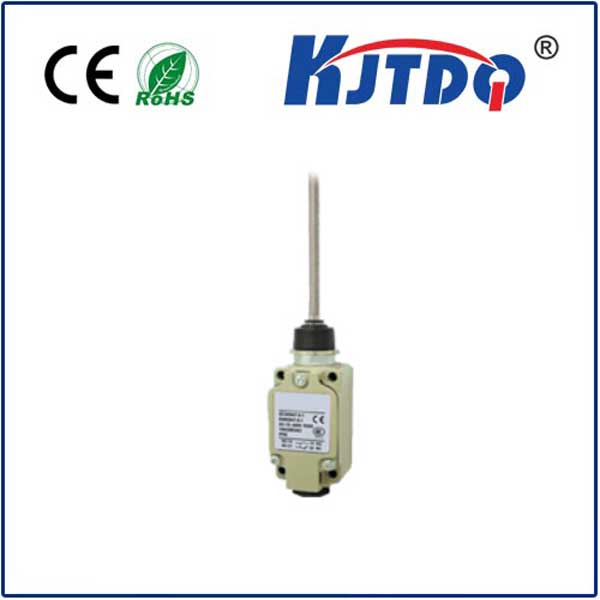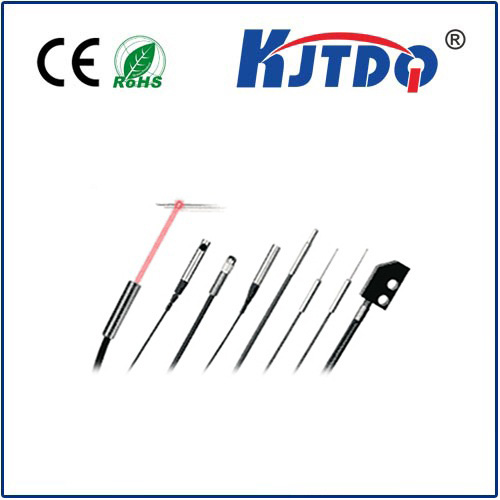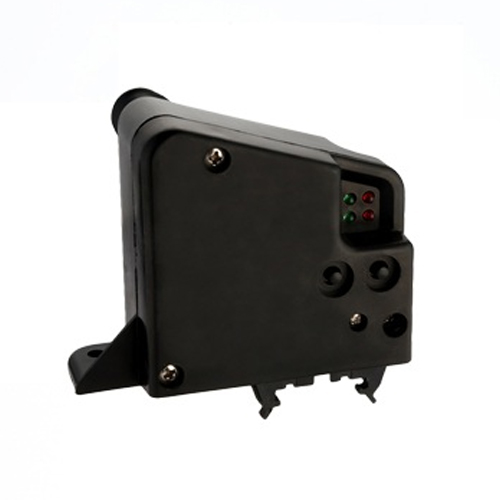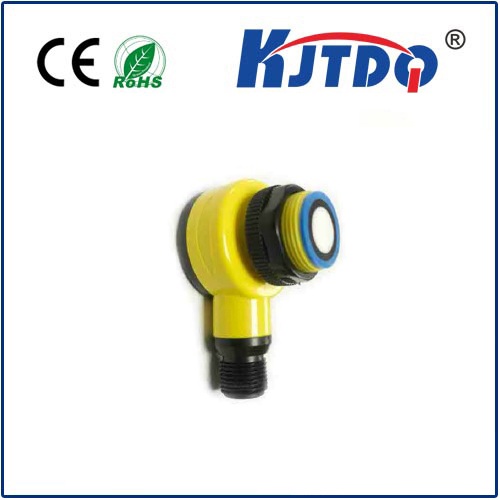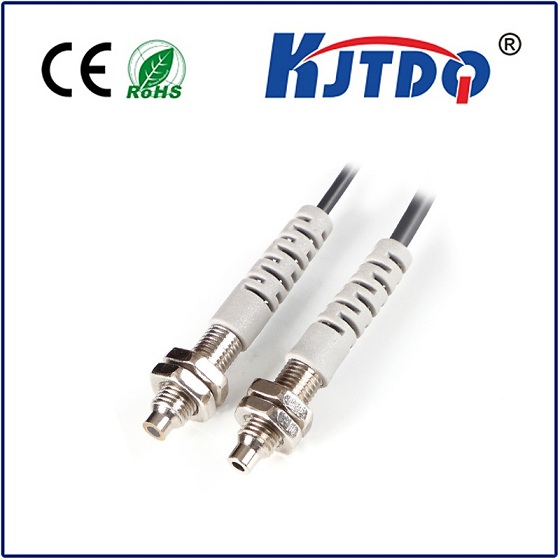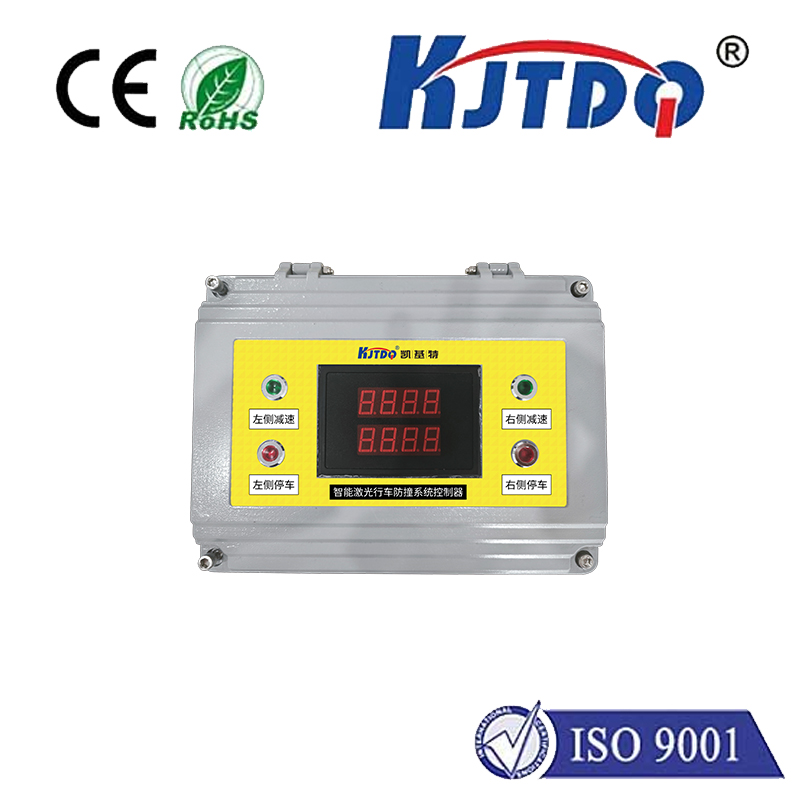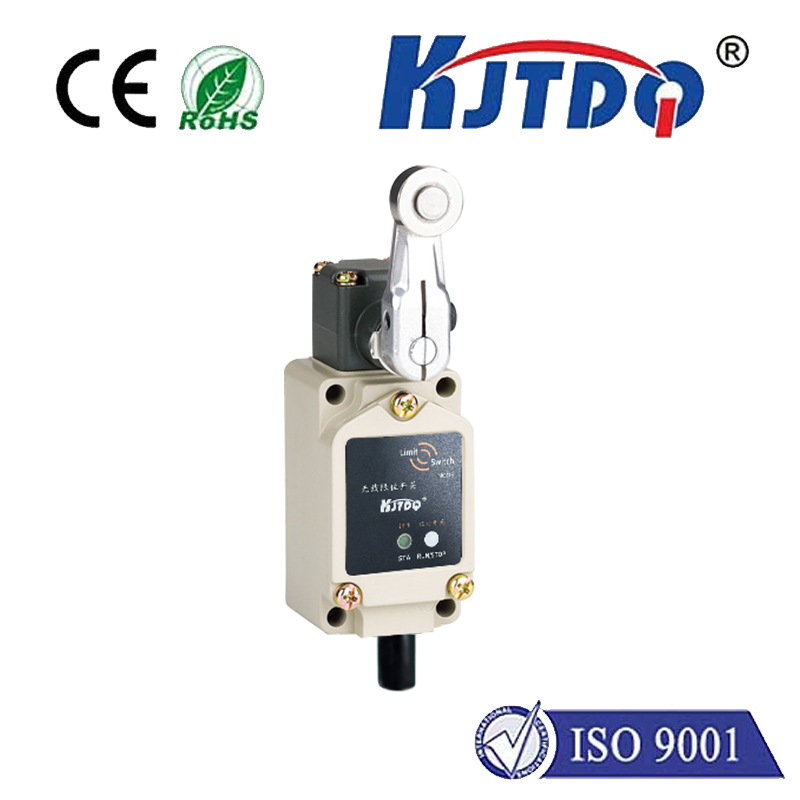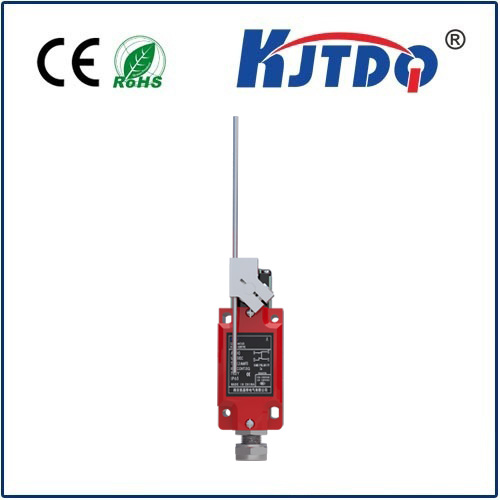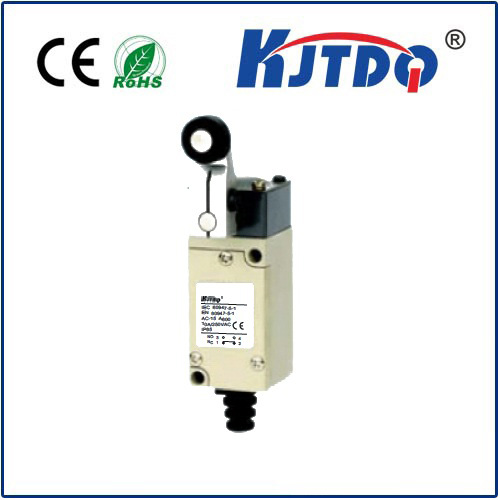xyz sensor
- time:2025-08-16 01:54:35
- Click:0
The Unsung Hero of Modern Systems: Understanding and Applying XYZ Sensor Technology
Unlocking Precision: The Essential Guide to XYZ Sensor Technology
Look around. In the factory assembling your car, within the intricate circuits of your smartphone, perhaps even monitoring the environment of your smart home, an invisible hero operates with silent efficiency. This ubiquitous yet often overlooked component is the XYZ sensor. More than just a component, XYZ sensors are the critical gateway to the physical world for countless digital systems, transforming analog phenomena into actionable data that drives innovation, safety, and efficiency across an astonishing array of industries. Their silent operation belies their profound impact, making them fundamental to our increasingly automated and data-driven reality.
Decoding the XYZ Sensor: Perception Made Digital
At its core, an XYZ sensor is a sophisticated transducer designed to detect and quantify a specific physical property represented by “XYZ” – which could be anything from pressure and temperature to acceleration, light intensity, proximity, gas concentration, humidity, magnetic fields, or countless others. It acts as a bridge, converting these real-world parameters into precise, quantifiable electrical signals (voltage, current, or digital data) that a microprocessor or control system can comprehend and act upon.

For instance, consider a temperature sensor (effectively an “XYZ” where XYZ = Temperature). It doesn’t “feel” heat like we do. Instead, it utilizes a physical principle – perhaps the predictable change in electrical resistance of a material (like a thermistor) or the voltage generated by a junction of dissimilar metals (thermocouple) – that correlates directly with temperature fluctuations. The sensor meticulously measures this change and outputs a proportional electrical signal. This fundamental conversion process is the essence of all XYZ sensing.
The Engine Room: How XYZ Sensors Power Diverse Industries
The true power of XYZ sensors lies in their application. Their versatility allows them to be strategically deployed almost anywhere precise measurement of the physical environment is required. Here’s how they are transforming key sectors:
- Industrial Automation & Manufacturing: XYZ sensors are the nervous system of modern factories.
- Position & Proximity: Ensuring robotic arms move with micron-level accuracy, detecting the presence of components on a conveyor belt (critical for assembly line efficiency).
- Pressure & Flow: Monitoring hydraulics, pneumatics, and fluid systems to prevent leaks or failures, optimizing processes.
- Temperature & Vibration: Safeguarding motors and machinery from overheating or excessive wear through continuous real-time monitoring, enabling predictive maintenance strategies that save millions.
- Vision & Inspection: Advanced optical sensors acting as automated quality control inspectors, identifying defects invisible to the human eye.
- Automotive Excellence: Modern vehicles are essentially sensor networks on wheels.
- Engine Management: Monitoring air intake, exhaust gas composition, coolant temperature, and oil pressure for optimal performance and fuel efficiency while minimizing emissions.
- Safety Systems: Enabling life-saving technologies like Anti-lock Braking Systems (ABS) (wheel speed sensors), Electronic Stability Control (ESC) (gyroscopes, accelerometers), and tire pressure monitoring systems (TPMS).
- Advanced Driver Assistance Systems (ADAS) & Autonomy: Radar, LiDAR, ultrasonic sensors, and cameras (all forms of XYZ sensors) form the sensory foundation for adaptive cruise control, lane keeping assist, automatic emergency braking, and the path towards self-driving vehicles. Low latency and high reliability are paramount here.
- Consumer Electronics & Smart Environments: XYZ sensors make our gadgets intuitive and responsive.
- Accelerometers & Gyroscopes: Enabling screen rotation in smartphones, step counting in wearables, and precise motion control in gaming consoles and VR headsets.
- Ambient Light Sensors: Automatically adjusting screen brightness for optimal viewing and battery conservation.
- Proximity Sensors: Turning off the display during phone calls to save power and prevent accidental touches.
- Environmental Sensing: Smart thermostats and air quality monitors utilize temperature, humidity, and gas (e.g., CO2) sensors to maintain comfortable and healthy indoor environments. The goal is seamless integration and user convenience.
- Healthcare & Medical Devices: Precision sensing saves and improves lives.
- Patient Monitoring: Wearable devices track heart rate (PPG sensors), blood oxygen levels (SpO2 sensors), and activity levels. Implantable devices rely on sensors for continuous feedback.
- Diagnostic Equipment: Sophisticated sensors are integral to imaging systems (MRI, CT), blood analyzers, and glucose monitors, providing essential data for accurate diagnosis and treatment.
- Surgical Robotics: Providing surgeons with haptic feedback and enabling incredibly precise movements within the human body.
Why XYZ Sensors Are Indispensable: The Core Advantages
The proliferation of XYZ technology isn’t accidental; it delivers tangible, critical benefits:
- Enhanced Accuracy & Consistency: Eliminating human error from measurement tasks, providing repeatable, high-fidelity data crucial for scientific research, quality control, and process optimization. Studies consistently show automated sensor systems outperform manual checks across parameters like speed and consistency.
- Real-Time Monitoring & Control: Providing instantaneous feedback on system conditions, enabling rapid adjustments. This is vital for maintaining process stability, ensuring safety in dynamic environments, and enabling responsive user interfaces.
- Improved Efficiency & Automation: By automating data collection and enabling closed-loop control systems, XYZ sensors streamline operations, reduce waste, and free up human resources for higher-level tasks. Manufacturers report significant productivity gains directly attributable to sensor integration.
- Predictive Maintenance: By continuously monitoring parameters like vibration, temperature, and pressure, sensors can detect subtle changes indicating impending equipment failure. This shifts maintenance from reactive to predictive, minimizing costly downtime and extending asset lifespan.
- Enabling Innovation: XYZ sensors are the cornerstone of emerging technologies like the Internet of Things (IoT), robotics, augmented/virtual reality (AR/VR), and autonomous systems. They provide the essential data streams that make these innovations possible.
The Evolving Landscape: Future Trends in XYZ Sensing
XYZ sensor technology is far from static. Continuous advancements are pushing the boundaries of what’s possible:
- Miniaturization & Integration: Sensors are becoming smaller, cheaper, and more power-efficient, enabling deployment in increasingly constrained spaces and mobile applications. Multi-sensor modules combining several sensing capabilities on a single chip are becoming common.
- Enhanced Intelligence at the Edge: Incorporating more on-sensor processing power and basic AI algorithms allows for local decision-making (Edge AI), reducing latency and bandwidth requirements by sending only processed insights, not raw data streams.
- Improved Connectivity: Seamless integration into IoT networks via protocols like Bluetooth Low Energy (BLE), LoRaWAN, 5G, and Wi-Fi is standard, facilitating large-scale data aggregation and analysis.
- Advanced Materials & MEMS: Micro-Electro-Mechanical Systems (MEMS) technology allows complex mechanical structures to be built on silicon chips, enabling highly sensitive, robust, and mass-producible sensors for accelerometers, gyroscopes, pressure sensors, and more.
- Higher Accuracy & Lower Power: Research focuses relentlessly on improving precision while drastically reducing power consumption, crucial for battery-powered and remote applications.
The Silent Force Shaping Our World
From the factory floor to the operating room, from the smartphone in your pocket to the car you drive, XYZ sensors operate tirelessly in the background. They are fundamental enablers of the digital age, providing the critical link between the tangible physical world and the vast potential of digital intelligence. Their ability to deliver reliable, precise, and timely data underpins efficiency, safety, innovation, and convenience across the globe. As technology continues its relentless march forward, the evolution












